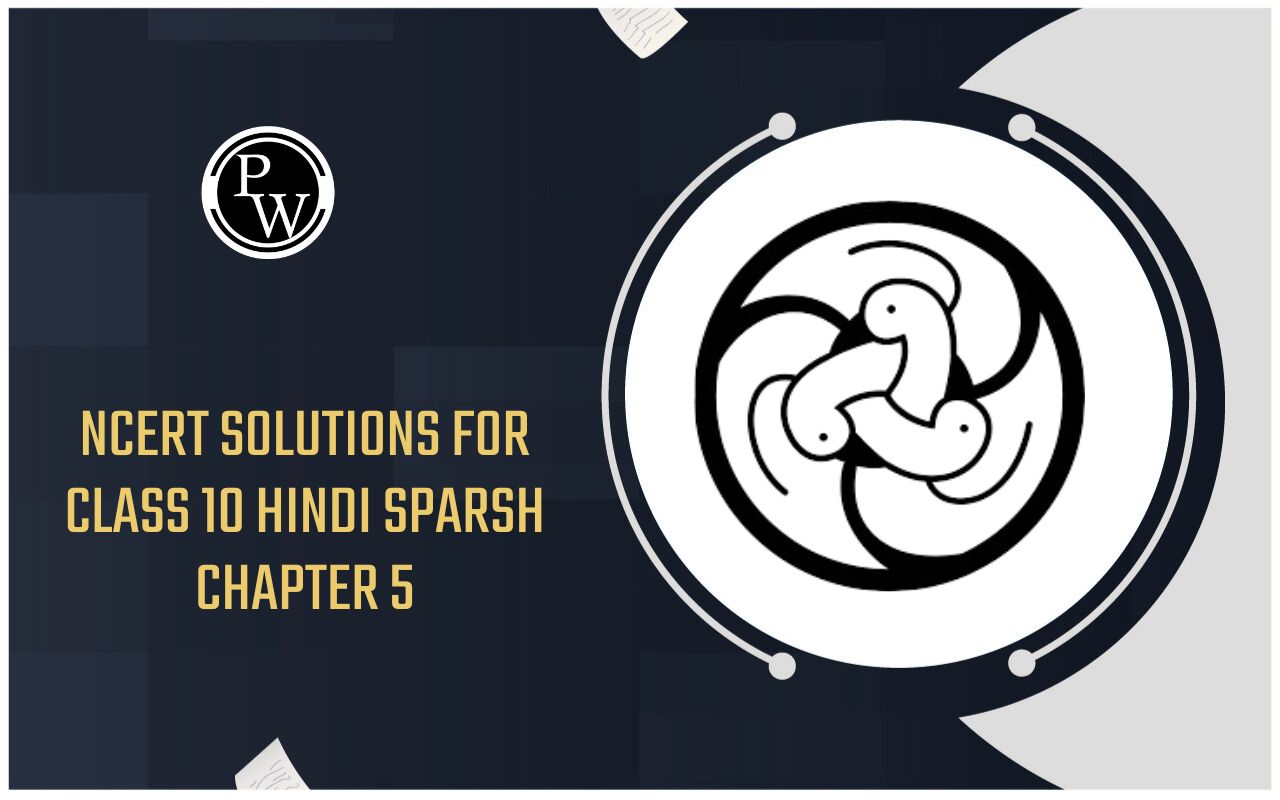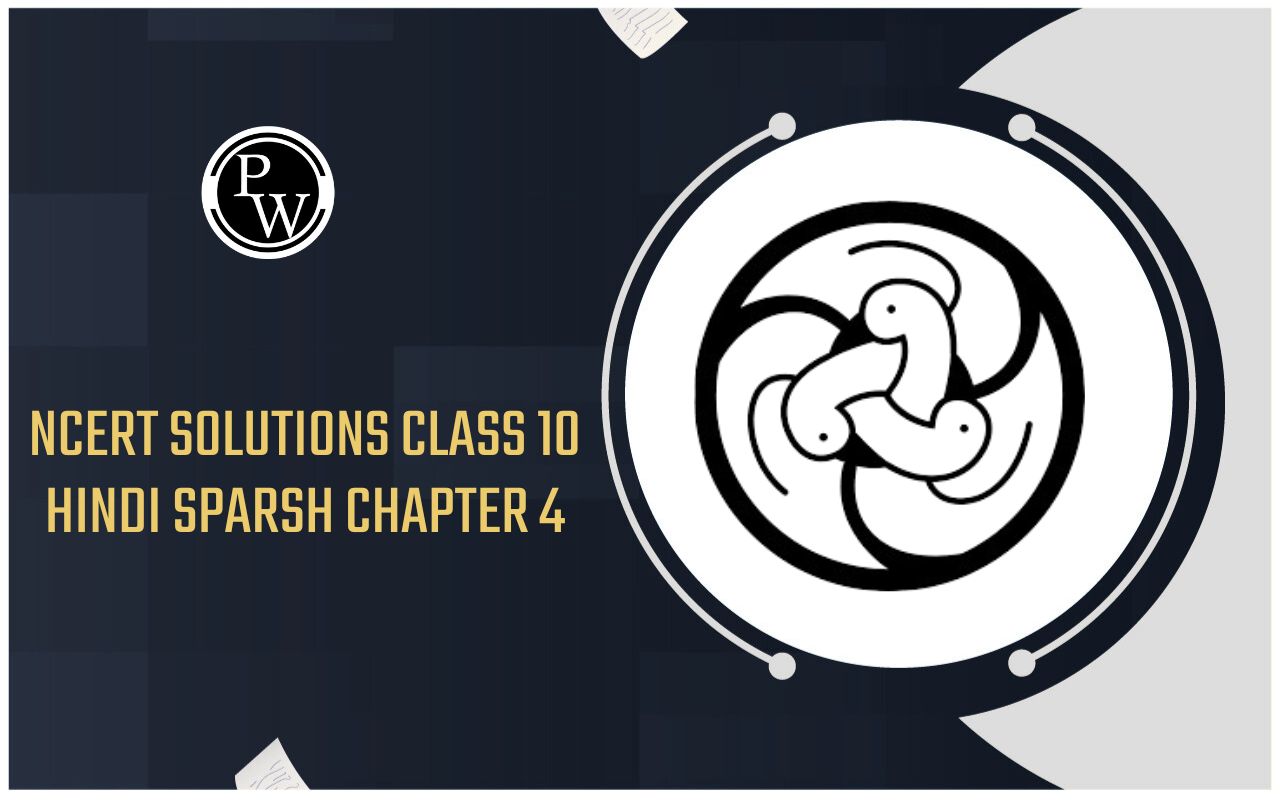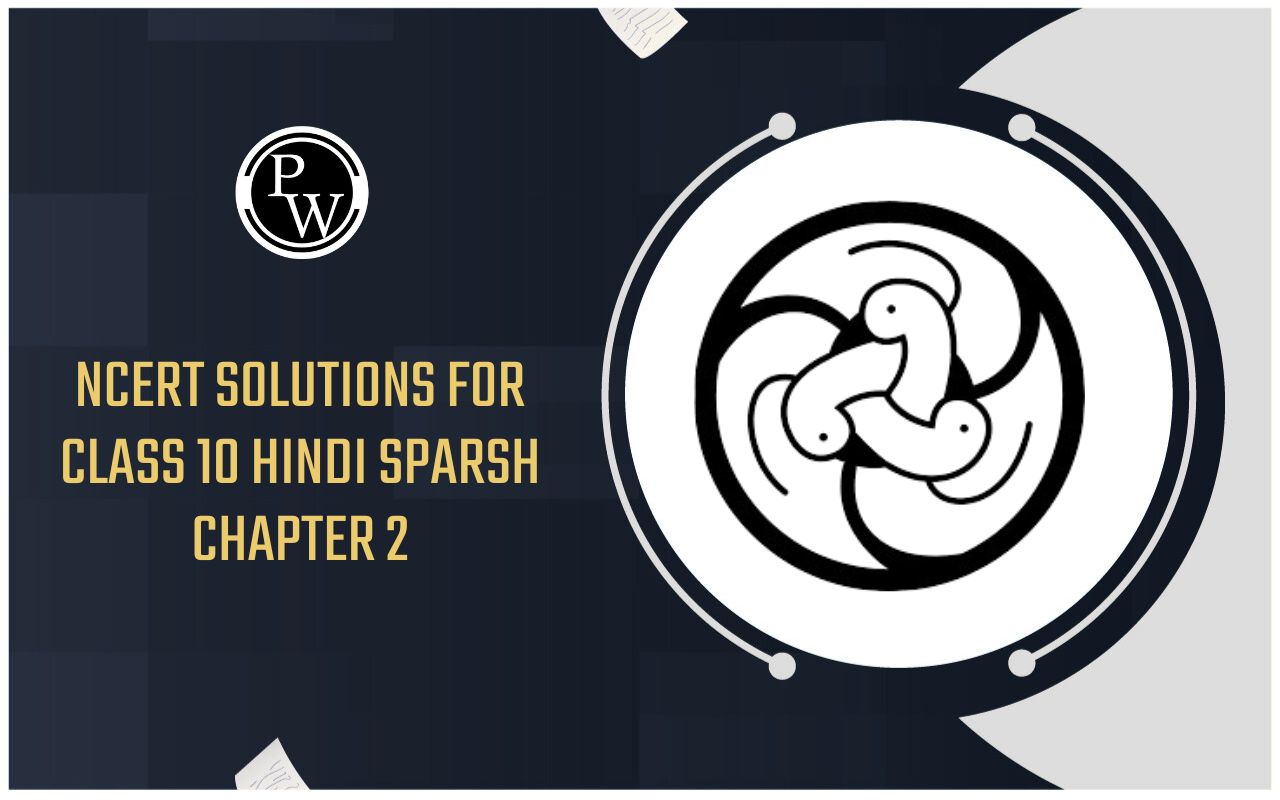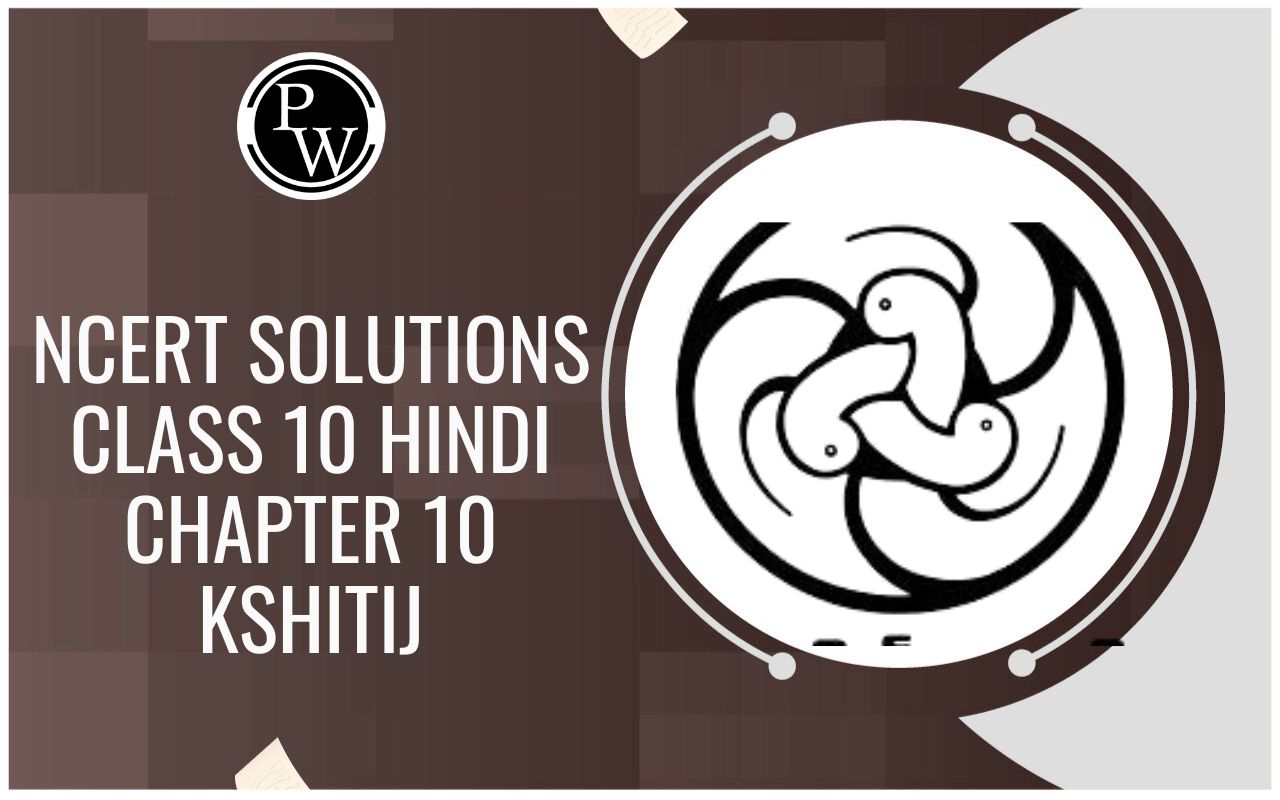
Sound Formula for class 9
Jul 29, 2022, 16:45 IST
Sound
- Sound is mechanical energy, which produces sensation of hearing.
- Sound is produced due to the vibration of different objects.
- A material medium is essential for the propagation of sound as it cannot travel in Vacuum.
- A region of compressed air increased density or pressure) is called a compression and that of rarefied air (decreased density or pressure) is called a rarefaction.
Longitudinal and Transverse Waves
A wave motion is a form of disturbance (a mode of momentum and energy transfer) that is due to repeated vibrations of the particles about their mean positions and the motion is transferred from one particle to the other without any net movement of the medium A wave motion is of two types: (i) Longitudinal (ii) Transverse.
- Sound waves are longitudinal waves . Light waves, on the other hand, are transverse waves.
- The sound wave propagates as compressions and rarefactions (i.e., as variation in density or pressure) in the medium.
- As sound propagates, it is the sound energy that travels in the medium and not the medium Itself
- The change in density (or pressure) from the maximum value to the minimum value and again to the maximum value is called an oscillation.
- The number of complete oscillations per second is called the frequency of the sound wave. The unit of frequency is called hertz (Hz).
- The time taken for one complete oscillation in density (or pressure) of the medium is called the time period (T) of the wave.
- The distance between two consecutive compressions (or crests) or two consecutive rarefactions (or troughs) is called the wavelength. The unit of wavelength is meter (m)
- The distance travelled by a sound wave in its periodic time is also called wavelength (λ) of the wave.
- The relation between frequency and time period (T) is v = 1/T, T= 1/v or vT = 1
- The speed of sound depends mainly on its nature and the temperature of the medium through which its propagates
- The relation between speed of the sound wave (v) its frequency and wavelength (λ) is v = vλ.
- The sound wave is described by: () its speed, () Its frequency (or wavelength) and (1) its amplitude. These are called the characteristics of a sound wave .
- In general, speed of sound in solids > speed of sound in liquids > speed of sound in gases. However, this relation is not always valid

Important Points
- Sources that move faster than the speed of sound are said to have supersonic speeds. Bullets, jet aircraft etc. travel at supersonic speeds.
- A shock wave is produced when the sound-producing source moves with a speed higher than the speed of sound.
- It is not necessary for an object to be a vibrating source of sound to produce a shock wave.
- A shock wave carries a large amount of energy.
- The sonic boom is a very sharp and loud sound produced by pressure variation associated with a shock wave.
- ECHO: Like light waves, sound waves are also reflected from a surface on which they fall. The laws of reflection of sound are the same as those of light.
- The echo is the phenomenon of repetition of the sound of a source by reflection from an obstacle.
- The time interval between the incident sound and the reflected sound for hearing a distinct echo is 0.1 s. This is due to the reason that the sensation of sound lasts in our brain for 0.1 s and this property is called persistence of hearing.
- For hearing a distinct echo, the minimum distance of the obstacle from the source of sound should be 17.2 m. This distance changes with the change in temperature.
- Multiple echoes are heard when sound is repeatedly reflected from a number of obstacles at suitable distances.
- Megaphones, stethoscopes, ear trumpets, hearing aid, etc. are based on the phenomenon of multiple reflections of sound.
- Reverberation is the phenomenon of persistence or prolongation of audible sound after the source has stopped emitting sound.
- Reverberation is reduced by (i) carpeting the floor (ii) upholstering furniture and (iii) creating false ceilings with a suitable sound-absorbing material.
- A soundboard is used to evenly spread the sound throughout the width of the hall.
- The audible range of hearing for average human beings is in the frequency range of 20 Hz to 20 kHz. Children under the age of five can hear up to 25 kHz whereas aged people become less sensitive to higher frequencies.
- Infrasound (or Infrasonic) has a frequency below 20 Hz.
- Ultrasound (or ultrasonic) has a frequency above 20 kHz.
NCERT textbook is highly recommend to class 9 student do solve numerical and use as reference NCERT solutions for class 9 Science. If any students need to take the online test to check their concepts or undertstanding then they can visit Quiz for Sound . For additional information related to the subject you can check the Science Formula section.
Download a Free Pdf sheet of physics formulas for class 9 chapter-Sound from the link given below.









